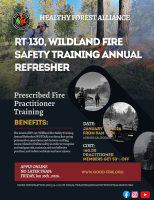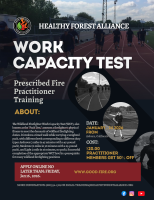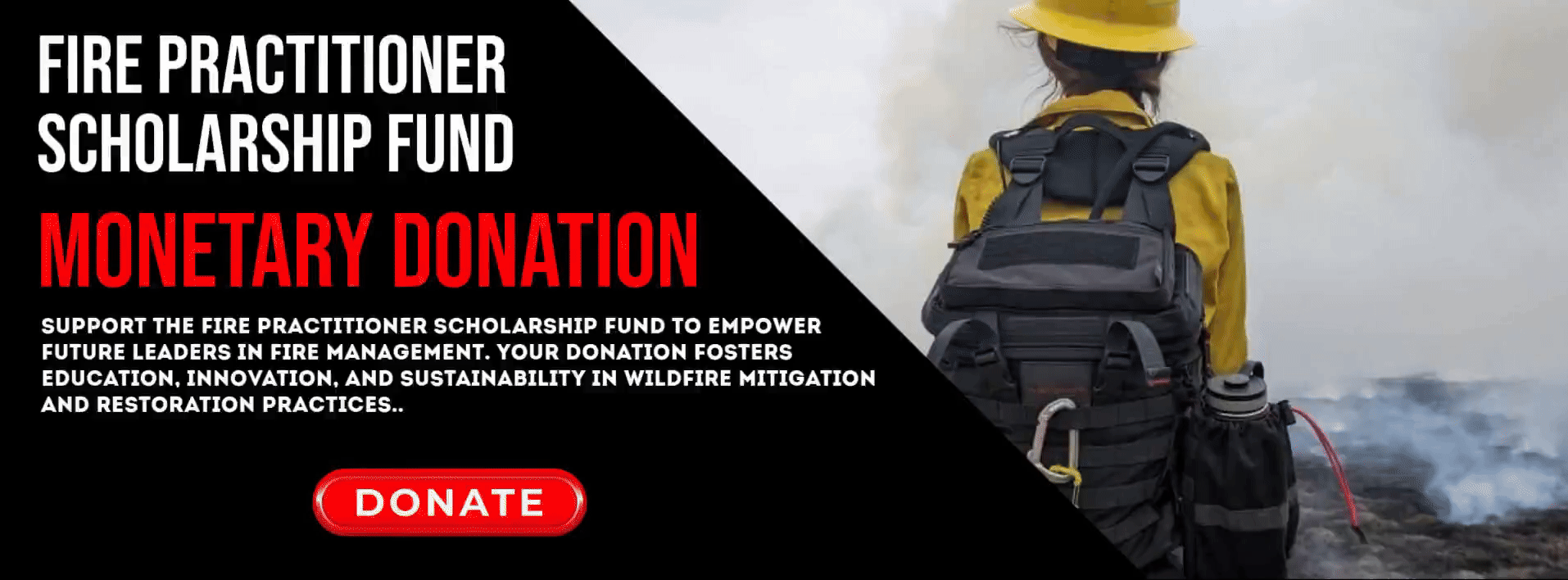"Empowering Excellence, Uniting Expertise: Igniting Tomorrow's Fire Practitioners"
S-219 Firing Operations (BLENDED)
COURSE DESCRIPTION:
This course was developed using a blended approach to learning. Students are required to complete the online training portion of the course prior to taking the ILT. The course introduces the roles and responsibilities of a Firing Boss, Single Resource (FIRB), and outlines duties of other personnel who may engage firing operations. The course discusses and illustrates common firing devices and techniques. Although comprehensive in nature, the course work is not a substitute for the dynamic fire environment. The course provides students with important information regarding general tasks required to be successful. Any opportunity to show students a real ignition or demonstrate the use of an actual firing device will assist in transferring these new concepts and skills to the job. There is an optional field day outlined in the course, it is the discretion of the delivery unit to include the field day; however, if logistically feasible it is suggested by NWCG that a field day be conducted.
TARGET GROUP:
Personnel desiring to be qualified as Firing Boss, single resource (FIRB) and Firefighter Type 1 and 2 personnel looking to gain valuable information to conduct or participate in firing operations.
PREREQUISITES:
- Qualified as a firefighter type 2 (FFT2).
- Complete S-219 Firing Operations (Blended-Online Component) 2014 v2

STUDENTS MUST BRING THE FOLLOWING TO CLASS:
REQUIRED MATERIALS FOR THE COURSE
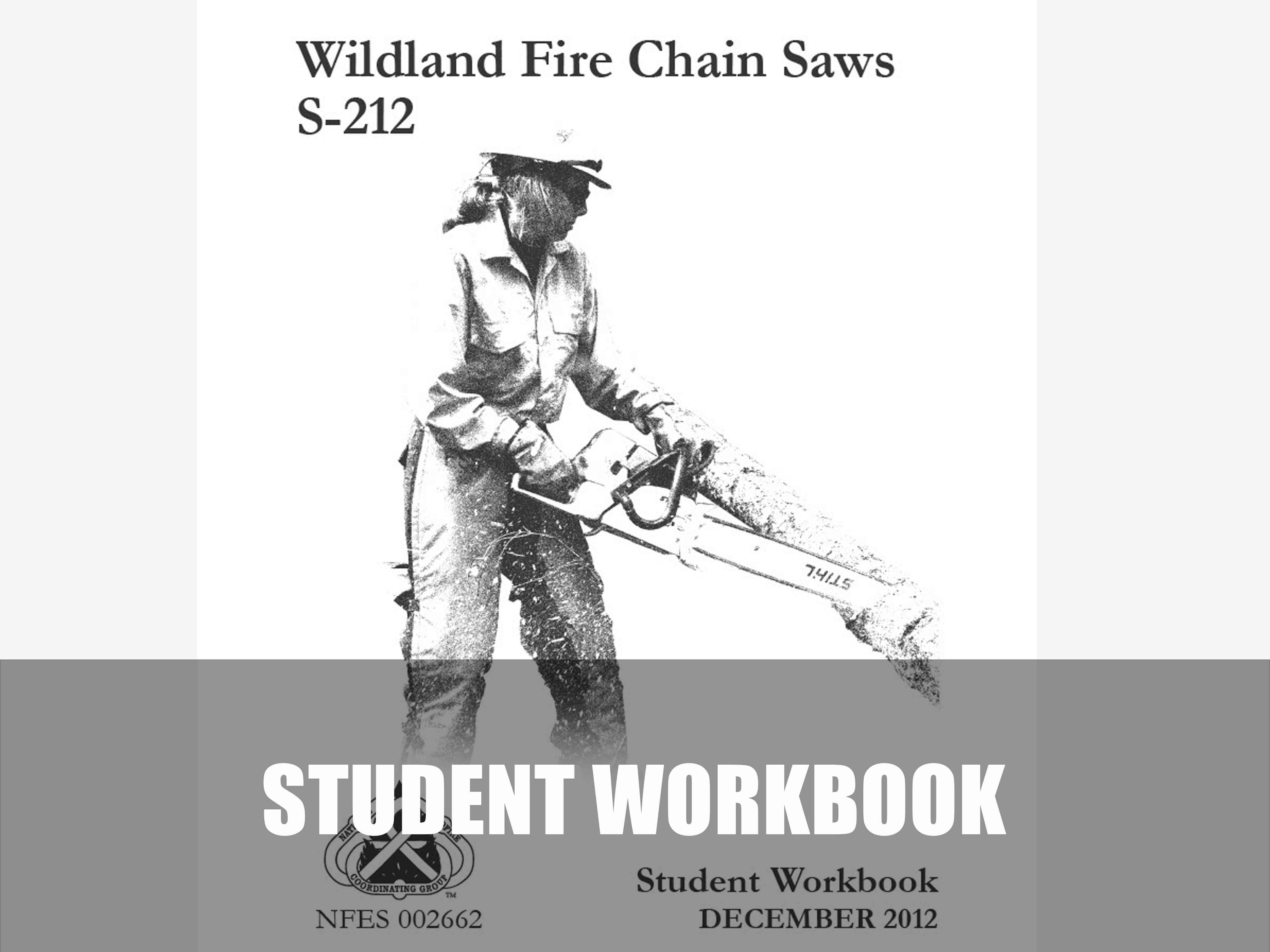
S-212 Student Workbook

LEATHER GOVES
Gloves that are slip-resistant and appropriate for the weather conditions.
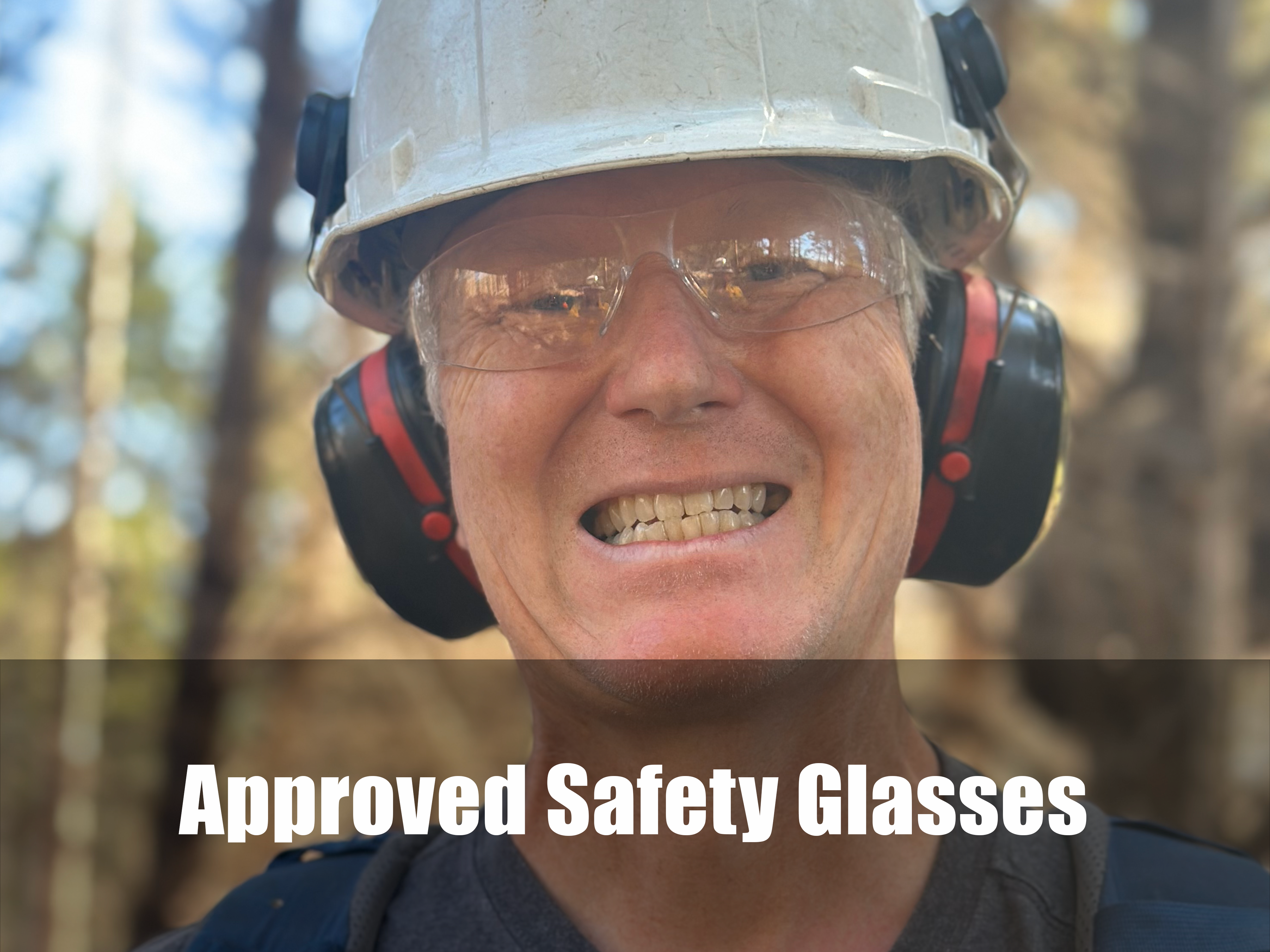
Approved Safety Glasses
Wrap-around eye protection (safety glasses or shield).

Hearing protection
Hearing protection (earplugs or muffs) with NRR (Noise Reduction Rating) of 20 or more.
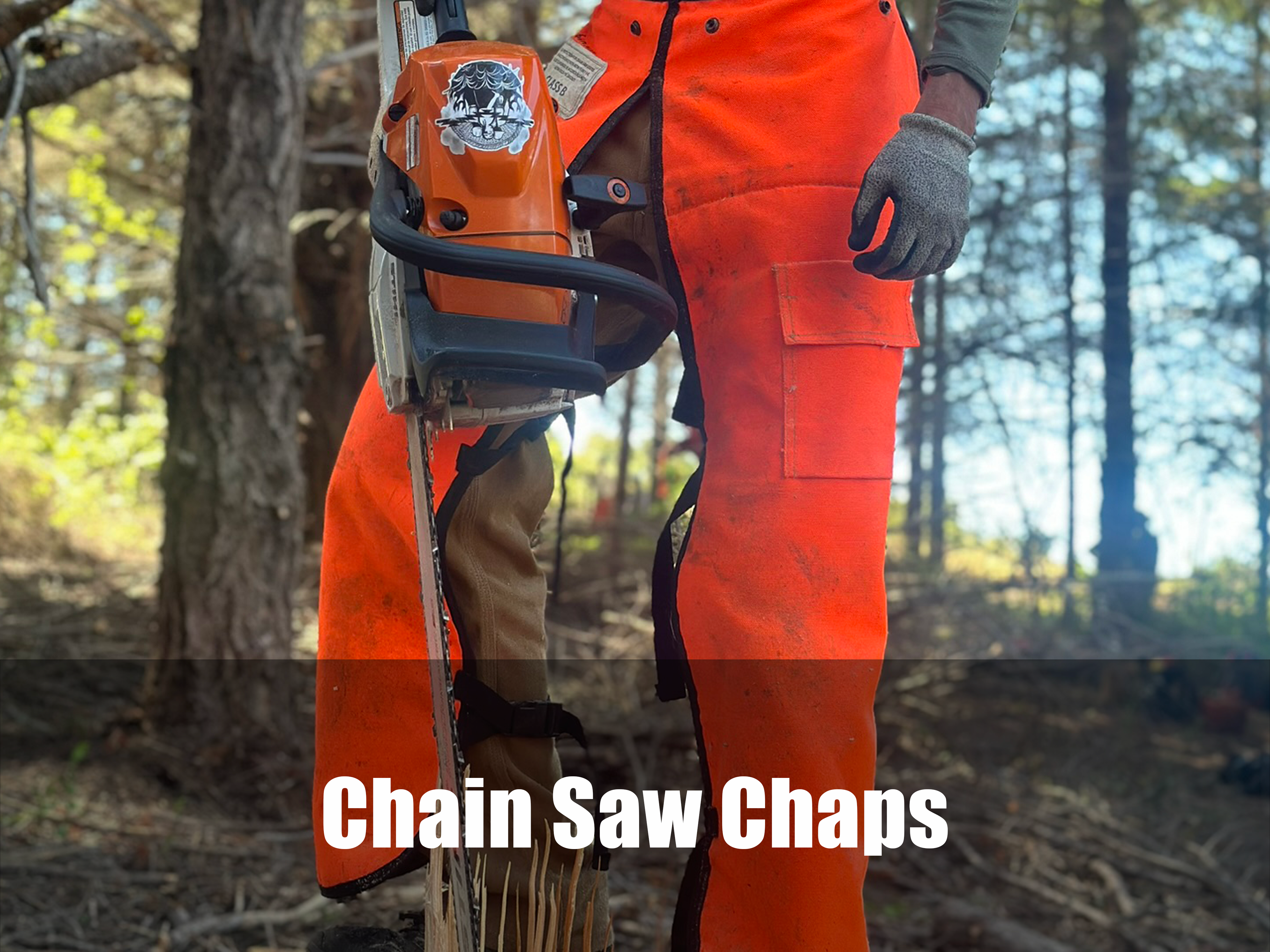
chain saw chaps
Approved chain saw chaps.

LEATHER BOOTS
Cut-resistant boots with non-slip sole (generally, leather with Vibram-sole.)

Lunch, water and snacks.
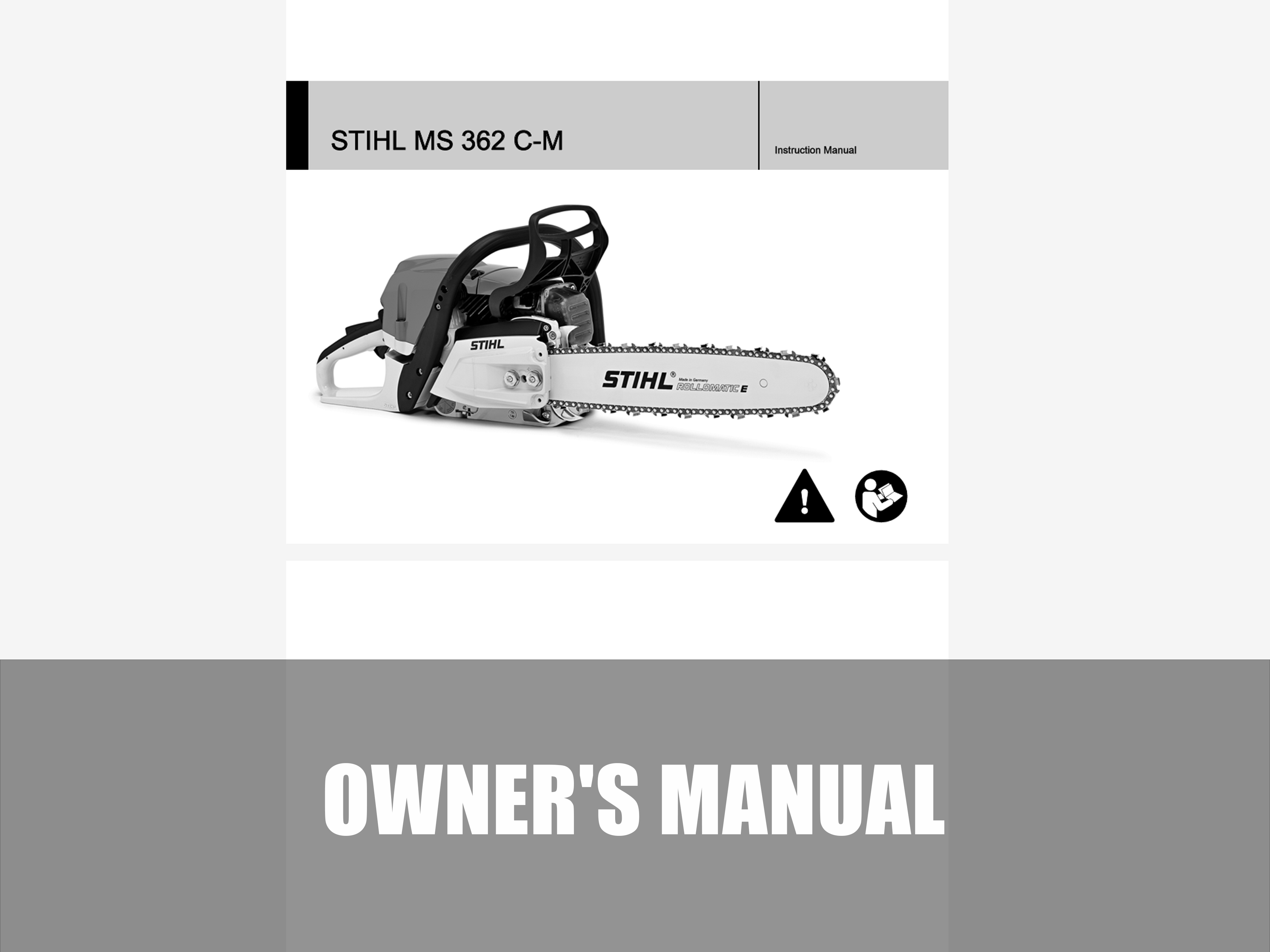
OWNERS MANUAL
Owner's manuals can be downloaded from the manufacturer websites
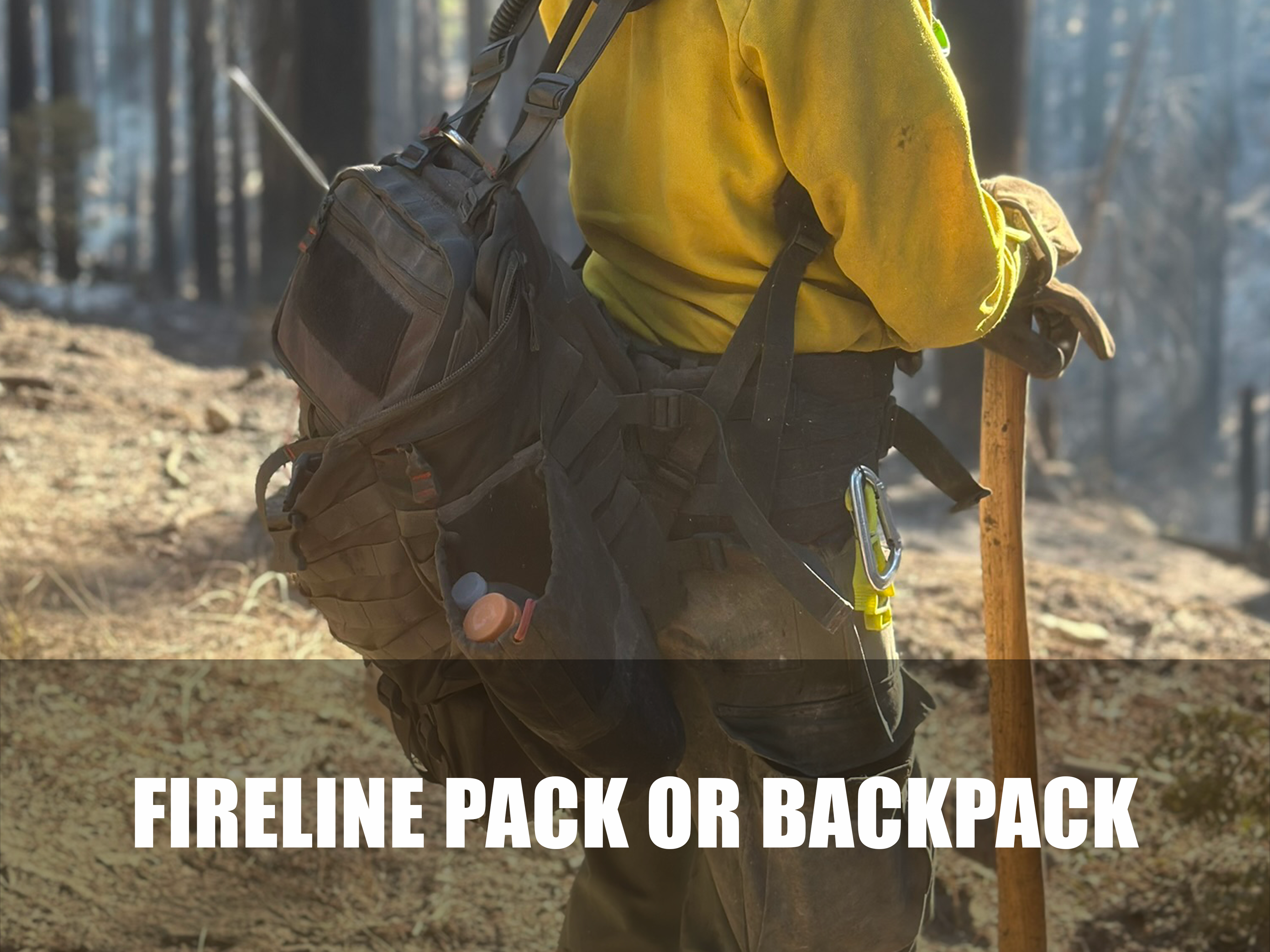
FIRELINE PACK OR BACKPACK
Day pack for field exercises

FALLING AXE, AND WEDGES
A 3-5 pound falling axe, wedges and wedge pouch.
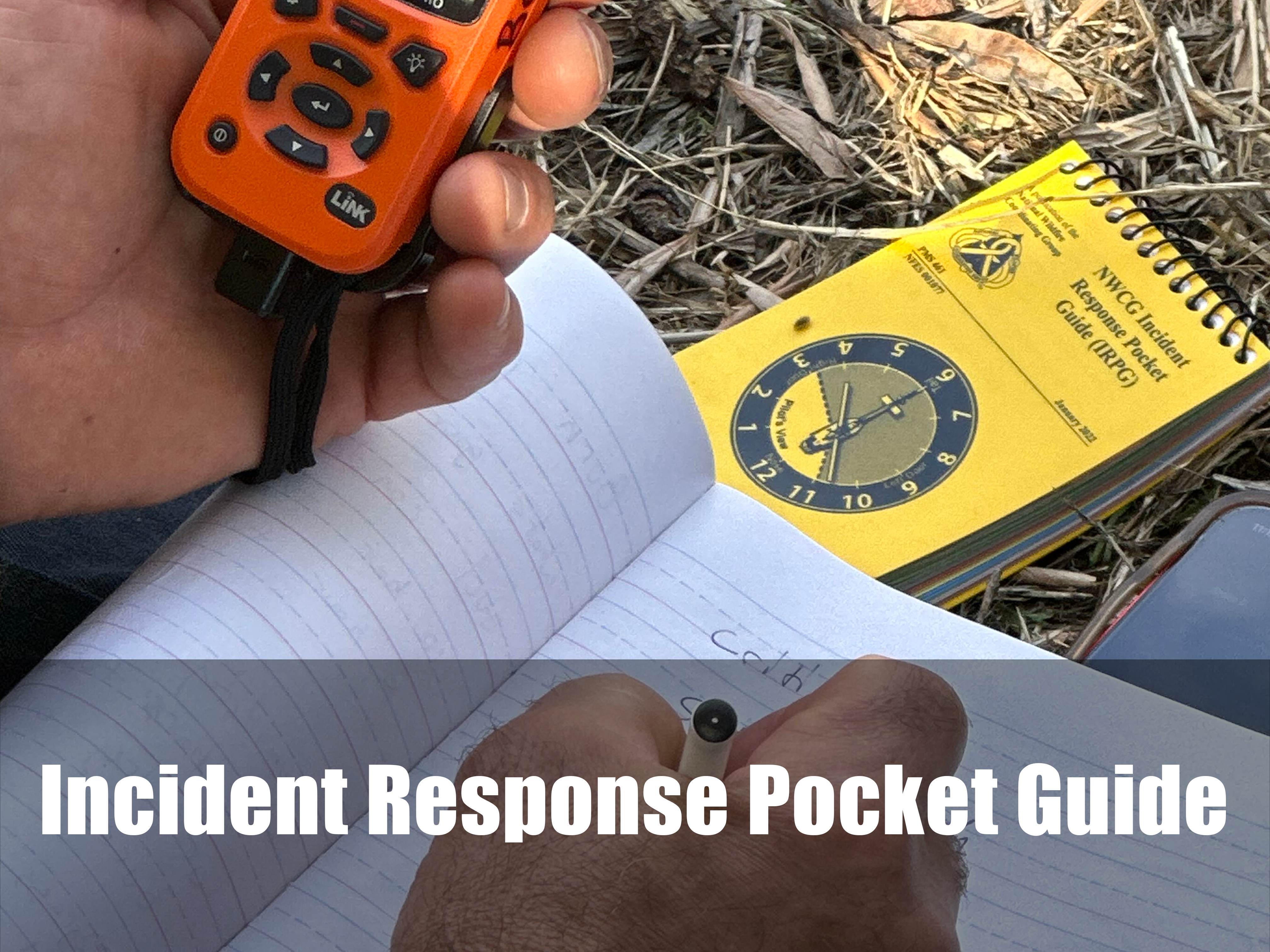
Incident Response Pocket Guide
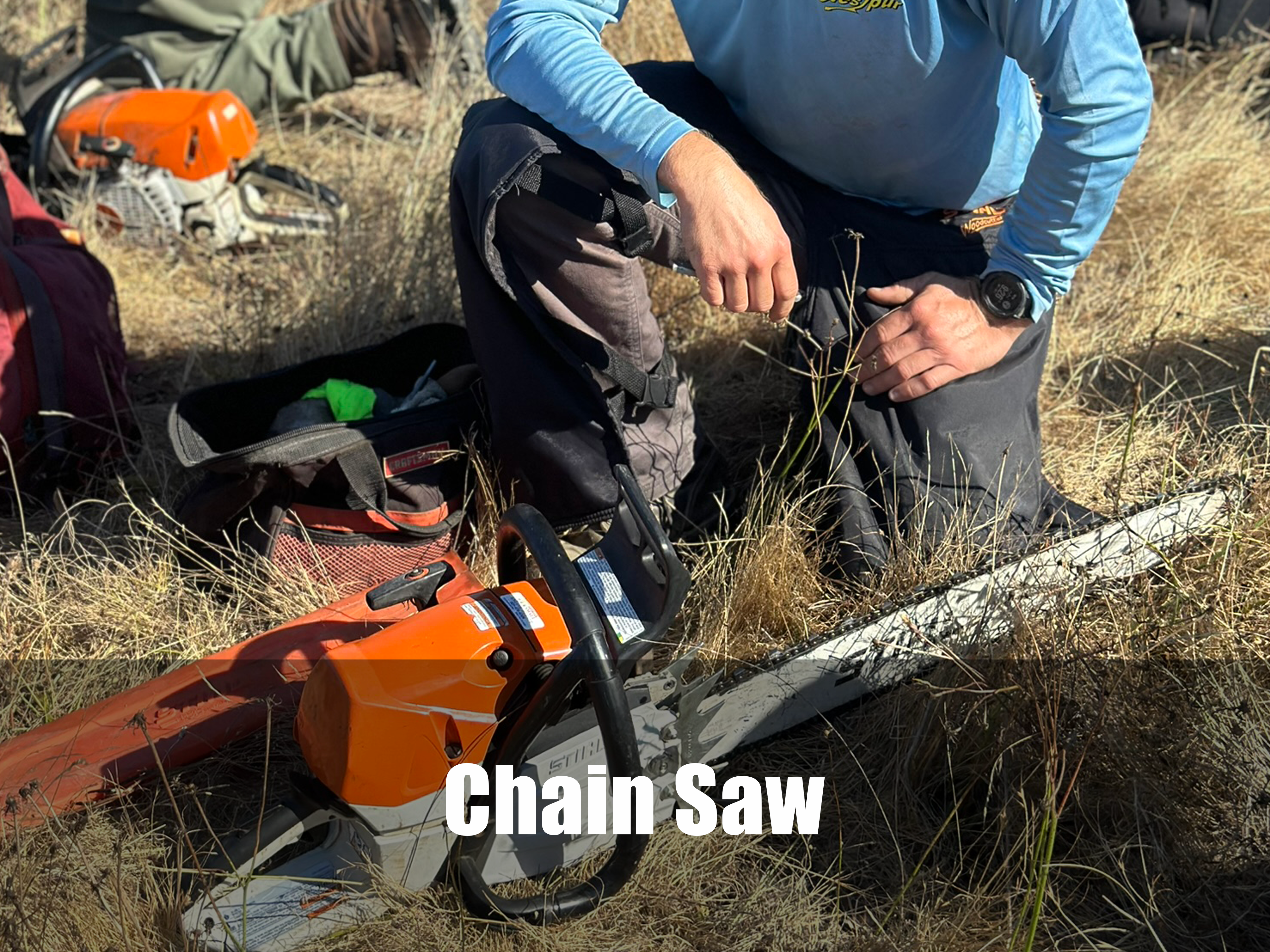
Chain Saw
A chainsaw equipped with a 20-24" guide bar in good working condition, with chain brake and saw tool kit with owner’s manual for your chain saw.
SCHEDULE FOR S-230: Crew Boss (Single Resource)
Online Pre-Course (OLT) – Must Be Completed Before In-Person
Estimated Duration: ~12 -16 hours
Covers the following NWCG-defined online units:
Unit 0 – Course Overview
Unit 1 – Introduction to Firing Operations
Unit 2 – Firing Devices & Equipment
Unit 3 – Environmental Considerations (Weather, Fuels, Topography)
Unit 4 – Safety in Firing Operations
Unit 5 – Planning Considerations
Knowledge Checks / Online Final Assessment
Estimated Duration: ~12 -16 hours
Instructor-Led Training (ILT)
Day 1 – Classroom & Discussion
0800 - 0830
Check-in / Introductions / Course Objectives
0800 - 0830
0830 - 0930
Review of Online Content & Pre-Course Assessment
0930 - 1030
Unit 6 – Firing Plan Development (Objectives, Resources, Safety)
0930 - 1030
1030 - 1045
Break
1045 - 1200
Unit 7 – Roles & Responsibilities on the Firing Team
1045 - 1200
1200 - 1300
Lunch
1300 - 1430
Unit 8 – Risk Management & Contingency Planning
1300 - 1430
1445 - 1600
Case Studies: Successful and Unsuccessful Firing Operations
1600 - 1630
Review / Day 1 Wrap-Up
Written test (optional)
Instructor feedback
Wrap-up
1600 - 1630
Day 2 – Field Exercises
0800 - 0830
Safety Briefing & Field Orientation
0800 - 0830
0830 - 1030
Firing Devices Demonstration (Drip Torch, Fusee, Flare Launcher, Terra Torch, etc.)
1030 - 1045
Break
1030 - 1045
1045 - 1200
Ignition Patterns Exercise (strip-head, flanking, ring, and backing fire)
1200 - 1300
Lunch (field)
1200 - 1300
1300 - 1500
Simulated / Real-World Firing Operation (weather permitting)
Simulated malfunctions
Priming issues
Team solutions
1500 - 1530
After Action Review (AAR) & Safety Takeaways
1500 - 1530
1530 - 1600
Course Evaluation, Certificates, and Closeout
UPCOMING TRAINING
RT-130, Wildland Fire Safety Training Annual Refresher
Work Capacity Test - Arduous, Moderate and Light Available
S-290, Intermediate Wildland Fire Behavior
Please Support Our Corporate Members
HELPING LANDOWNERS PROMOTE HEALTHY FORESTS USING "GOOD FIRE"
how you can help
LEARN MORE ABOUT PRESCRIBED FIRE AND HOW IT CAN BE USED TO PROMOTE HEALTHY FORESTS
FROM OUR BLOG
🔥 Small Teams, Big Impact: The Rise of Micro Prescribed Burn Associations Across California,...
“So You’ve Masticated Your Land for Fire Safety… Now What?” Across California, thousands of...
🔥 The Do’s and Don’ts of Pile Burning for Property Owners in California When used correctly, pile...

